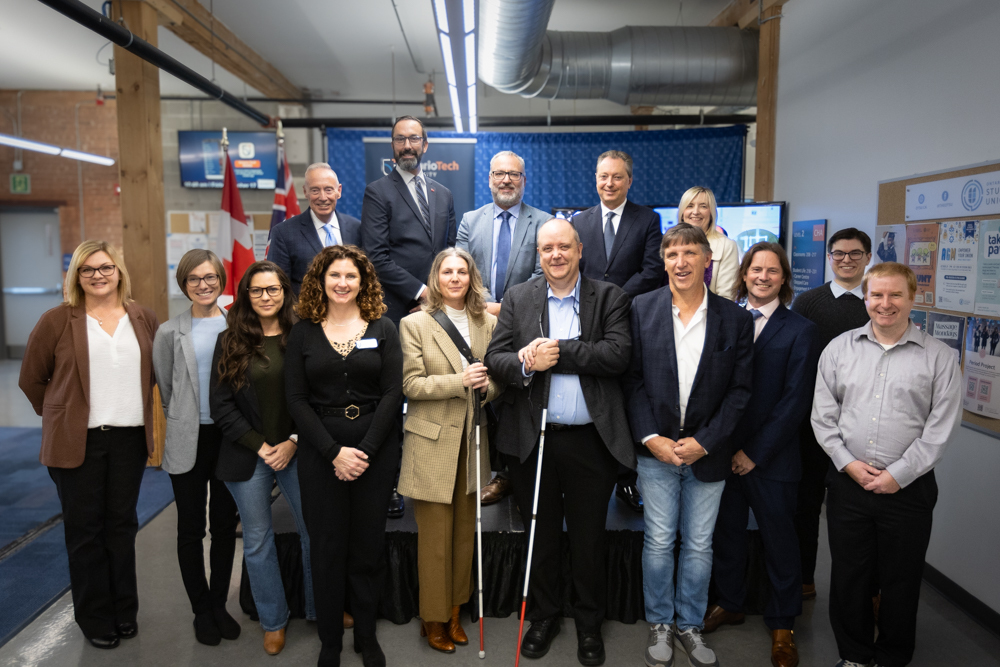How shapes, colours and technology can make organizations more user-friendly
UOIT researcher investigating new approach to business process modelling
August 18, 2016

A red octagon telling motorists to stop on a roadway. A black diamond signifying an expert-level downhill ski trail. A green-and-white triangle with three arrows telling you a product can be recycled.
As basic and simple pieces of information, colour and shape play an important role in helping humans with recognition and judgment on what actions to take in certain situations. A researcher at the University of Ontario Institute of Technology (UOIT) is examining whether colour and shape can be applied in the business world to improve the efficiency of organizational workflows.
“Whether it is health care, banking, higher education or the service industry, managers generally lack having a clear visual representation of workflow to help them easily understand where inefficiencies exist,” explains Jennifer Percival, PhD, Associate Professor, Faculty of Business and Information Technology. “Businesses are complex entities comprising vast assemblages of processes and components. Even something as basic as a consumer refund can get bogged down as information bounces between different departments or offices over a period of time.”
Dr. Percival believes organizations can improve their business process modelling (BPM) with a new tool called Consumer Centric Process Improvement Methodology (CCPIM), a system that uses visual icons and colours in diagrams to make it easy for everyone to see their role and how they interact with others.
“As we know, a picture is worth a thousand words, yet colour has not traditionally been used as a BPM communication tool,” says Dr. Percival. “Typical organizational flowcharts are a collection of shapes with text notes presenting the perspective of the analyst, but not the experience of the customer. By seeing a clear visual representation of the workflow process, people can pick out issues like duplications, missing information or data security concerns.”
The goals of the CCPIM system are to increase transparency, improve internal communication and ultimately create the best-possible customer experiences.
“Our research team still has some testing to do with this methodology. We are also designing the system to be adaptable to future technological change and future business needs--because we know that technology will never stop changing.”



